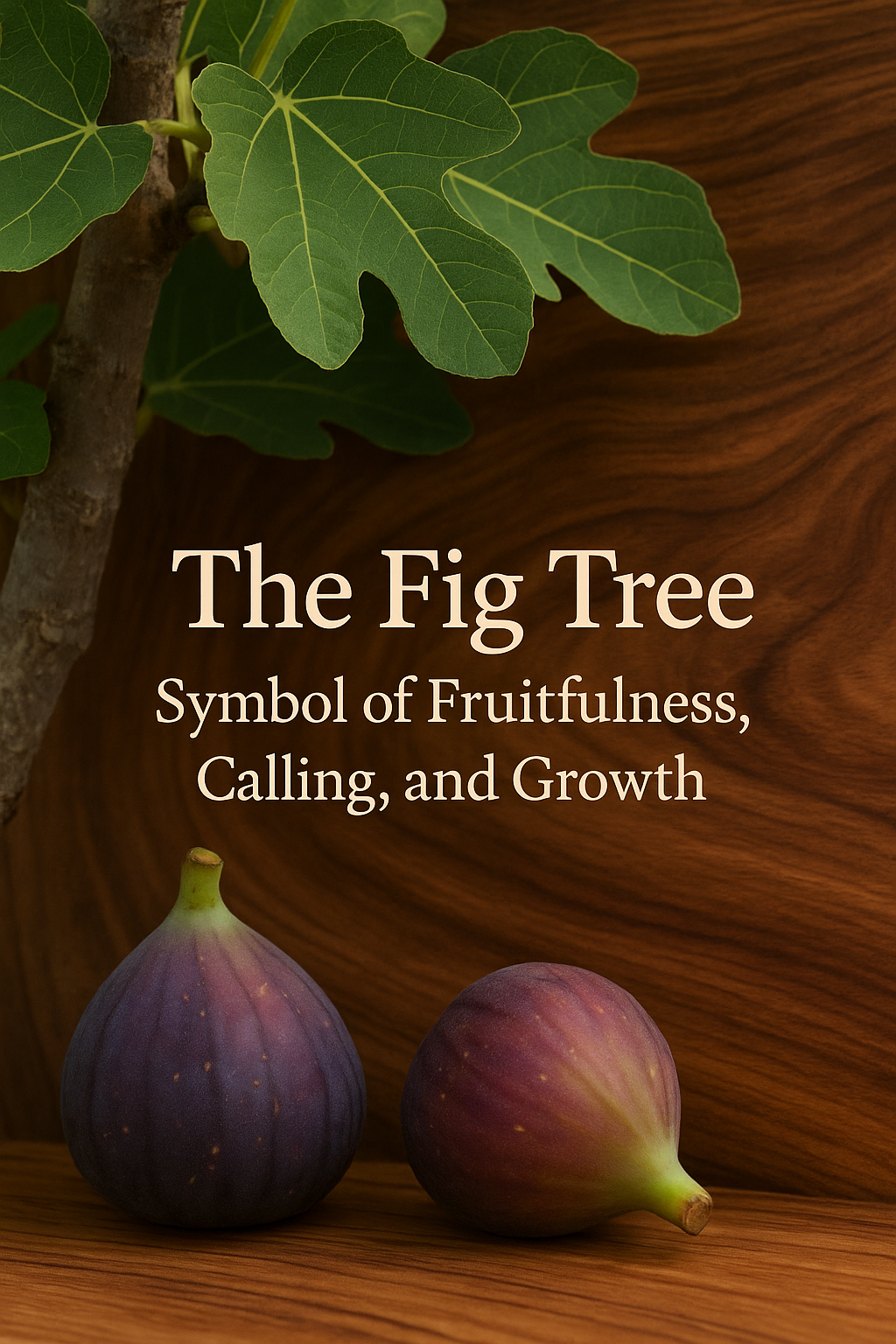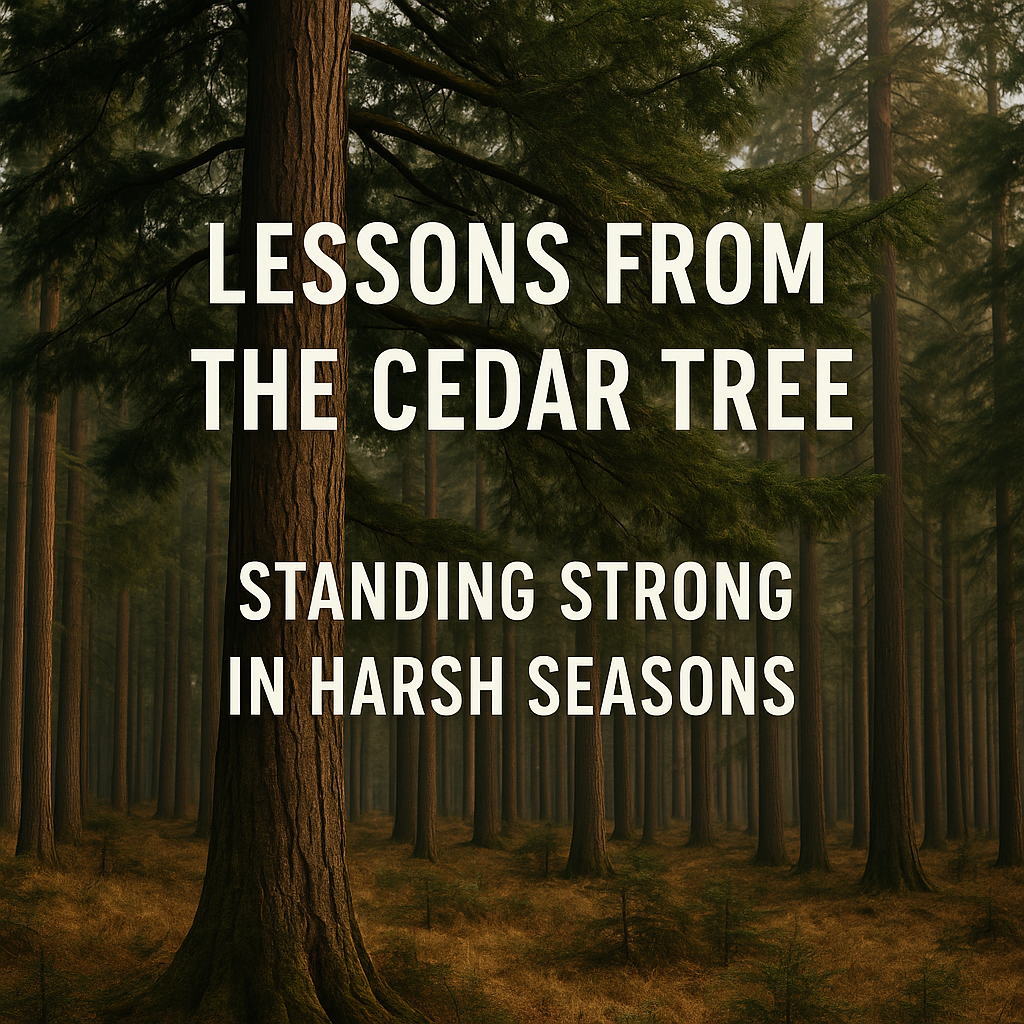If you’ve ever stood beneath an olive tree, you know there’s something ancient in the air. These trees aren’t just plants—they’re storytellers. They’ve lived through wars, droughts, storms, and kingdoms rising and falling, yet they continue to stand, grow, and produce fruit long after almost everything else in the landscape has given up.
For me, the olive tree represents a truth we don’t hear enough in a world obsessed with shortcuts:
Strength doesn’t come from ease. It comes from pressure.
And if you work with wood, you start to see these lessons up close. Grain patterns tell the story of every struggle the tree survived, every season that tried to break it, every year the roots dug a little deeper.
So today, we’re digging into the story of the olive tree—and the unexpected lessons it teaches us about resilience, calling, and becoming who God designed us to be.
1. The Olive Tree Thrives Where Many Trees Would Die
Olive trees grow in harsh, rocky, dry soil—the kind of ground most trees wouldn’t even attempt. They don’t need perfect conditions to flourish. In fact, they prefer adversity.
Their roots burrow deep into the earth in search of water, and the deeper they reach, the stronger they become.
Lesson:
Sometimes God plants us in “rocky places” on purpose.
Not to punish us—
but to develop depth.
Hard seasons create strong roots.
2. The Best Oil Comes From the Greatest Pressure
Olives aren’t valuable until they’re pressed. Crushed. Squeezed. Broken open.
That’s when the richness is revealed.
Scripture points to this over and over. Even Jesus prayed in the Garden of Gethsemane—
Gethsemane literally means “the place of the olive press.”
It was in that place of unimaginable pressure that purpose was fulfilled.
Lesson:
Pressure isn’t the end.
Pressure is the process that brings the oil out of your life.
Your calling, your creativity, your anointing—
it all deepens under pressure.
3. Olive Trees Are Known for Their Longevity
Some olive trees in Israel are over 2,000 years old and still bearing fruit.
They outlast droughts.
They outlast storms.
They even regrow when cut down—new shoots emerge from the stump and start again.
Lesson:
You can outlast more than you think.
You were built with longevity in mind—especially when your foundation is faith, family, and a willingness to grow no matter what season you’re in.
4. Olive Wood Itself Reflects the Tree’s Story
When I work with olive wood, I always notice the grain.
It’s bold.
It’s swirling.
It’s unpredictable.
It looks like the tree lived a life full of battles—and it did.
Every knot, every twist, every change of direction is a mark of adversity survived.
That’s the beauty.
You can literally see the resilience in the wood.
Lesson:
Your story is etched into you, too.
The twists and turns don’t disqualify you—they make you unique.
5. The Olive Tree Teaches Us That Strength Is Built Slowly
The olive tree doesn’t rush.
It’s in no hurry.
It grows strong by growing slow.
In a culture that wants overnight success, the olive tree stands as a quiet reminder:
Lasting strength is built over decades, not days.
If you’re building a business, a ministry, a family legacy—
take notes from the olive tree.
Faithfulness over time produces fruit you can’t rush.
Final Thought: Pressure Isn’t Your Enemy — It’s Your Shaping Tool
If you feel like you’re in a pressing season, remember:
Olive oil doesn’t flow without pressure.
Grain doesn’t form without struggle.
Strength doesn’t grow without resistance.
Sometimes the pressure you’re feeling is simply the evidence that God is bringing something valuable out of you.
So keep standing.
Keep growing.
Keep pressing forward.
Like the olive tree, there’s more strength, more depth, and more purpose in you than meets the eye.






Leave a comment
This site is protected by hCaptcha and the hCaptcha Privacy Policy and Terms of Service apply.